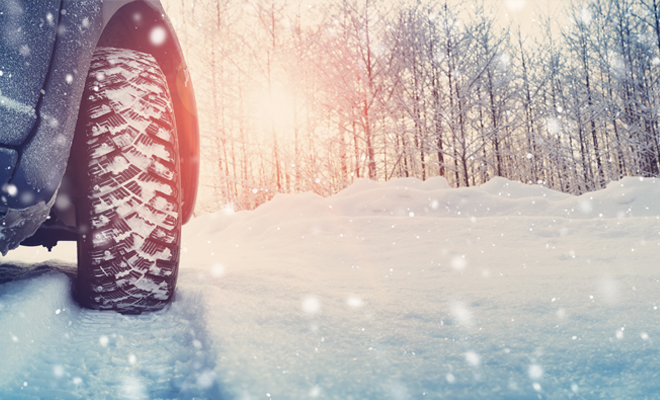
Safe Winter Driving Tips
Yes, you have heard it all before, many times, but some warnings bear repeating every winter. Here they are:
Navigating Safely Around Snow Plows
Don’t crowd a snow plow or travel beside it. Snow plows travel slowly, make wide turns, stop often, overlap lanes and exit the road frequently.
The road behind an active snow plow is safer to drive on. If you find yourself behind a snow plow, stay behind it or use caution when passing. Remember that the highway ahead of the plow is usually snow-covered.
When you are driving behind a snow plow, don’t follow too closely. A snow plow operator’s field of vision is limited; if you can’t see the mirrors, the driver can’t see you. Also, materials used to de-ice the road could hit your vehicle. Snow plows can throw up a cloud of snow that can reduce your visibility to zero in less time than you can react. Never drive into a snow cloud; it can conceal vehicles or hazards. Every winter we have at least a couple of clients who have been involved in collisions that were not their fault, all because of ice and snow removal operations.
Vehicle Safety Checklist: Windshield Wipers, Defrosters, Washer Reservoir and Tires
You can go through a lot of windshield wiper fluid quickly in a single snowstorm, so be prepared for whatever might come your way. Completely fill your vehicle’s reservoir before the first snow, and use high-quality winter fluid with de-icer. Keep extra in your trunk.
Safe winter driving depends on achieving and maintaining the best visibility possible. Make sure your windshield wipers work; replace worn blades! Consider installing heavy-duty winter wipers, and check to see that your front and rear window defrosters work well. A dirty windshield or rear window is never a defense to your liability for causing an accident.
Install good winter tires, specifically, snow tires. All-weather radials work well in Delaware and Maryland but not in upstate New York. The additional cost is a small price to pay for your continued good health.
Important Final Advice
Keep more distance between your car and the vehicles ahead of you than you normally would at any other time of the year. Following too closely is the major cause of most collisions for our clients, and this is especially true during the winter months. Snow and ice are foreseeable conditions and as such you remain absolutely responsible for factoring them into your driving. ■
Written by: Brian Lee
Brian Lee has been practicing law since 1982. His primary area of practice is motor vehicle negligence law, and he personally oversees all cases for the firm. He is admitted to practice before all New York State courts, District of Columbia courts and the United States District Court for the Northern District of New York. Brian graduated with honors from Hamilton College (1978) and earned his JD from the University of New Hampshire School of Law (1982). He served as Captain, JAG, United States Army Reserve, until 1999. He is a member of the New York State Bar Association, Saratoga County Bar Association, District of Columbia Bar Association, Capital District Trial Lawyers Association and New York State Trial Lawyers Association. Brian has received a CV Peer Review rating by Martindale-Hubbell. The CV certification denotes above-average ability in his specialized practice area and unquestionable ethics. Selected for “10 Best Attorneys of 2017” by American Institute of Personal Injury Attorneys. Named “2018 Lawyer of Distinction in Personal Injury Law.”








